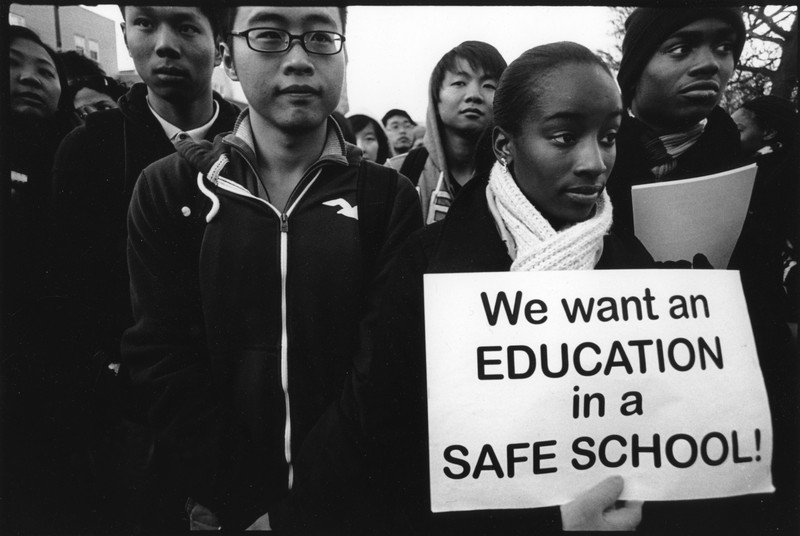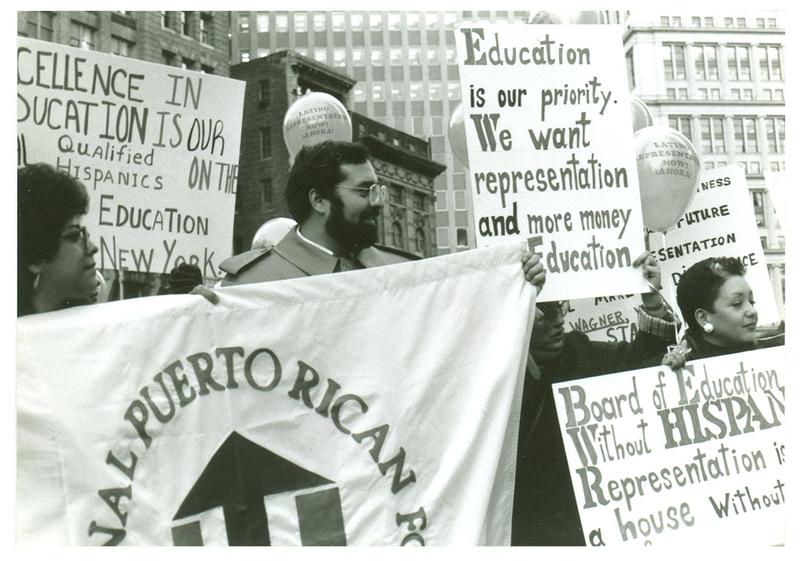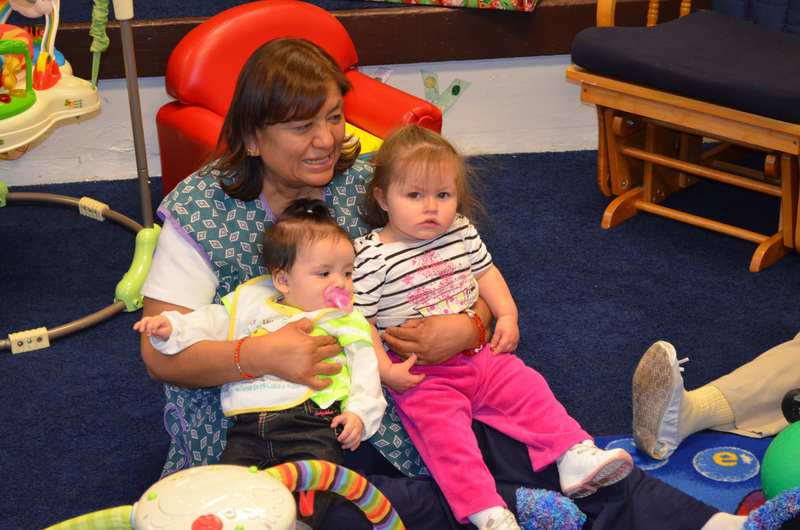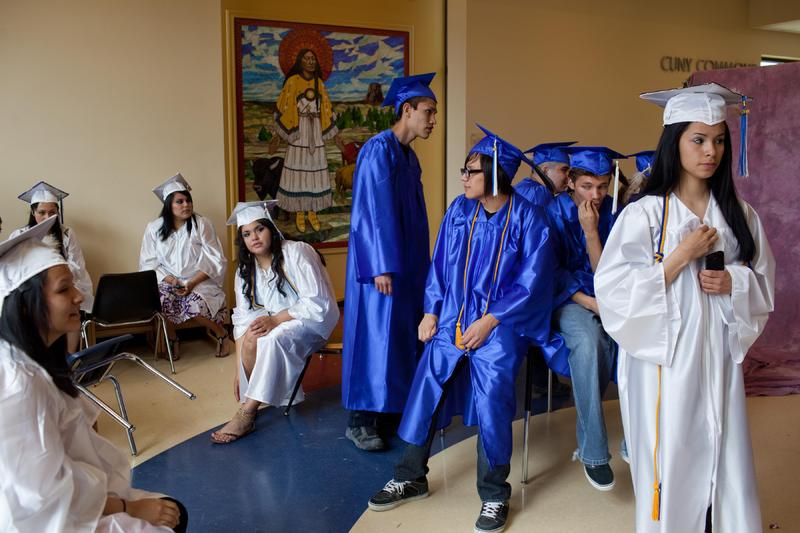Education for Minority Groups

Courtesy of the photographer
Violence in schools is a public health issue. On December 3, 2009, Asian American students attending South Philadelphia High School were attacked by roaming gangs. In response, students organized an eight-day boycott to protest the inadequate response by school staff. With the help of the city’s multi-racial youth-led Philadelphia Student Union, a campaign was launched to advocate for nonviolent schools. The case was investigated by the U.S. Justice Department, which instructed the school to improve the treatment of Asian American students.

Courtesy, The Records of the Migration Division, Archives of the Puerto Rican Diaspora, Centro de Estudios Puertorriquenos, Hunter College, CUNY
Although 1/3 of the enrollment in the New York Public School system was Hispanic/Latino in the 1970s and ‘80s, the Board of Education representation did not include Puerto Ricans—the majority Latino group in New York at the time. In 1987, Puerto Ricans were among the poorest of all Americans, with a 38% poverty rate, and average family incomes at about half the national average. The Quality Education for Minorities Project identified community participation and representation as one of the keys in restructuring American schools.

Courtesy of Administration for Children and Families, U.S. Department of Health and Human Services
Located near Santa Fe, the Pueblo of Pojoaque consists of over 400 members, half of whom live on the reservation. In response to the decline of the Pueblo’s language, Tewa, the Pueblo’s Governor has established immersion language programs at the Early Childhood Center.
As a strategy for assimilation, early government policies discouraged the use of American Indian languages. Many tribes are making major efforts today to save their traditional languages.

Courtesy of the photographer
These students on the Pine Ridge Reservation are success stories. But, in the 2009-10 school year, 51% of American Indian students graduated from high school—reflecting the highest dropout rate of all ethnic groups. According to the National Indian Education Association, “Our students aren’t provided high-quality education to succeed in the knowledge-based economy. This is a slide into inequality that we must reverse.”